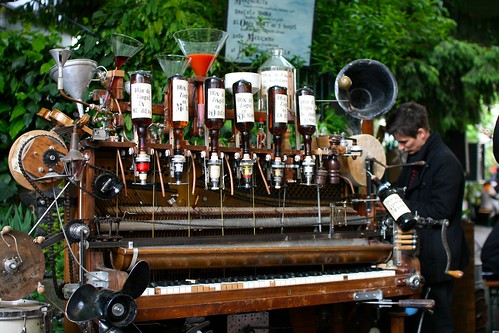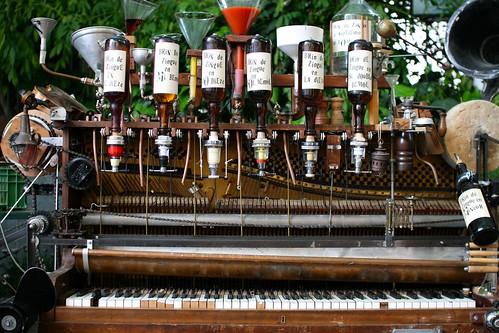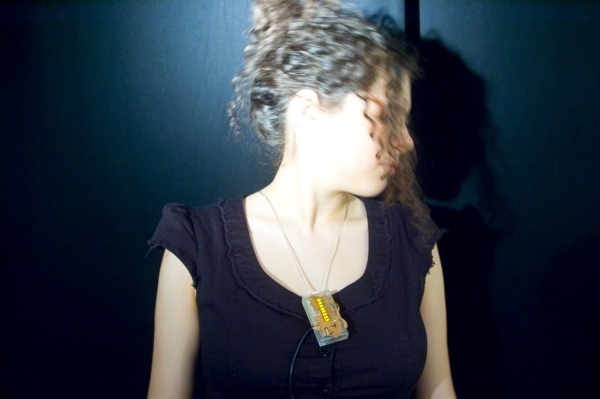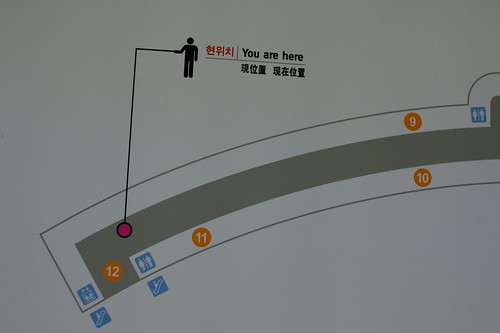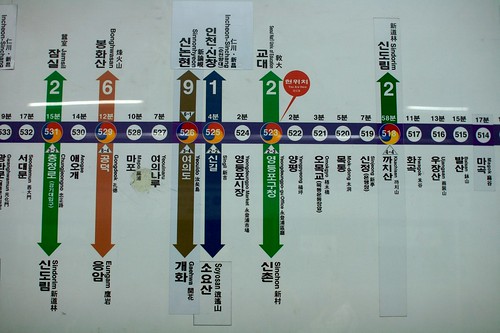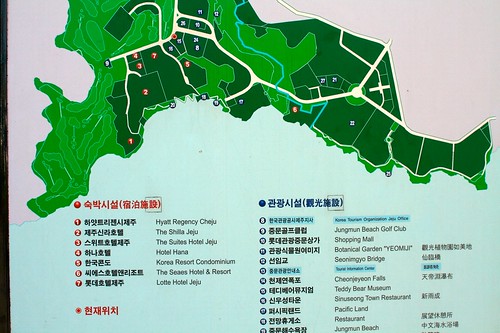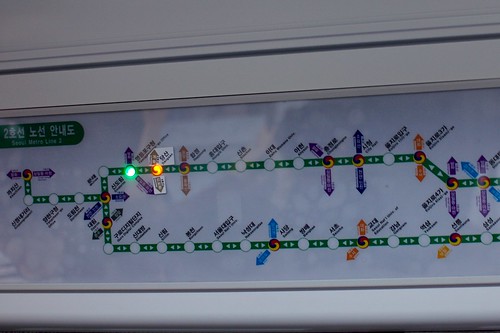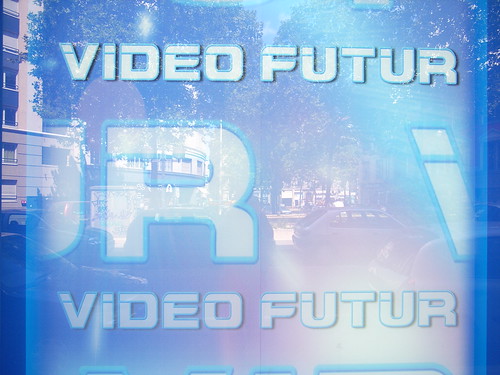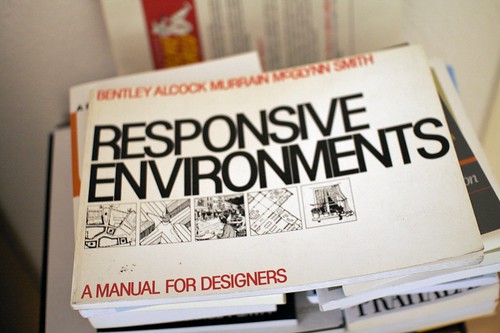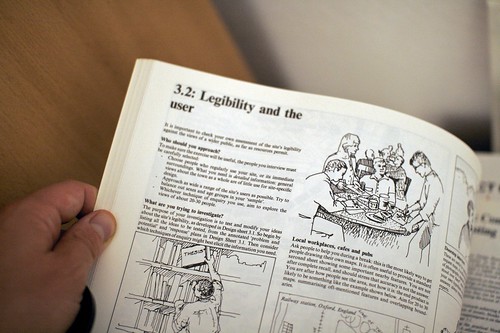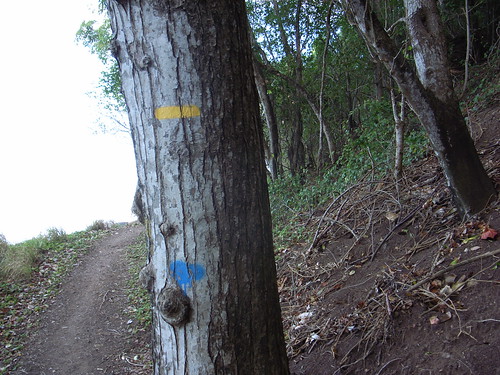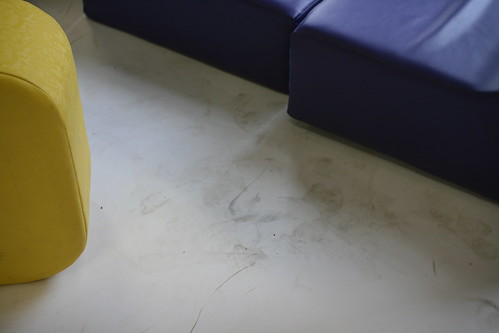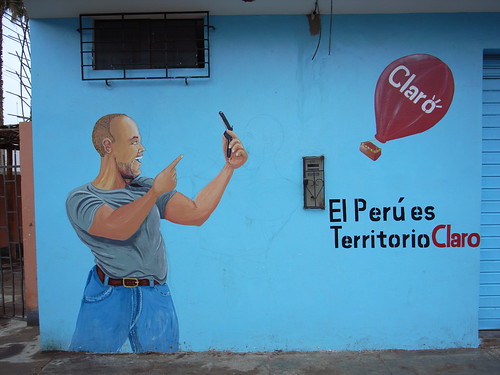 An interesting read for a Friday afternoon: “Not crazy, just talking on the mobile phone: Gestures and mobile phone conversations” by Carolyn Y. Wei from Google research.
An interesting read for a Friday afternoon: “Not crazy, just talking on the mobile phone: Gestures and mobile phone conversations” by Carolyn Y. Wei from Google research.
The paper addresses why mobile phone users engage in vivid nonverbal communication behaviors that do not benefit their communication partner, e.g., gesturing, smiling, and nodding their heads. The insights presented here are not coming from a user study. Instead, they are derived from a literature review about nonverbal aspects of mobile phone use and on the communicative functions of nonverbal behavior (such as the use of gesture in speaking when the partner is not visually present and how it can influence conversations).
Some excerpts I found interesting:
"Much of the literature about gesture in conversation suggests that it has cognitive benefits for the speaker. (...) The gestures can help speakers think through a complicated task, explain complex relationships, and find substitutes for missing vocabulary. Gesture has a definite purpose in communication and is not performed merely for color. It is easy to see why mobile phone users engage in these nonverbal behaviors to aid themselves as they speak even without an audience in sight – it is instinctual and probably spontaneous. (...) speakers intend gestures to help their listeners better understand communication. They use gesture in concert with words and to convey semantic meaning. Further, they tailor gestures relative to the listeners. Gestures are purposefully designed for the listener – with fewer and different gestures used with people who are not face-to-face. Thus, the gestures employed by mobile phone users are probably more muted than they would normally be in face-to-face conversation. (...) Despite all these studies that suggest speakers gesture to help themselves think and to help their listeners, there seems to be inconclusive evidence about whether the gestures actually help listeners."
And about all of this can influence mobile phone design:
"Mobile phone design can be sensitive to nonverbal communication behaviors. (...) Gesture could be taken advantage of in a similar way to create innovations in mobile phone design, especially to improve the “user experience” for surrounding people. A simple design could be a phone that alerts nearby listeners that the user is speaking on a mobile phone, perhaps by turning on a signal whenever the phone is engaged. One example of this might be a phone that is linked to a wristband, and the wristband visibly glows whenever the phone is in use. (...) Mobile phone design can also respect existing research that suggests gestures are more meaningful to the speaker than the listener, and thus focus on innovations that aid the speaker. An example of this kind of design would be a mobile phone that senses gestures or other nonverbal behaviors and compares them with the words being spoken. If the words being spoken match the amount and nature of gesturing, then the phone might alert the user that she is performing well."
Why do I blog this? because the paper highlights interesting insights about the role of non-verbal communication in cell-phone usage... which is something that has always fascinated me when observing people on the street.
